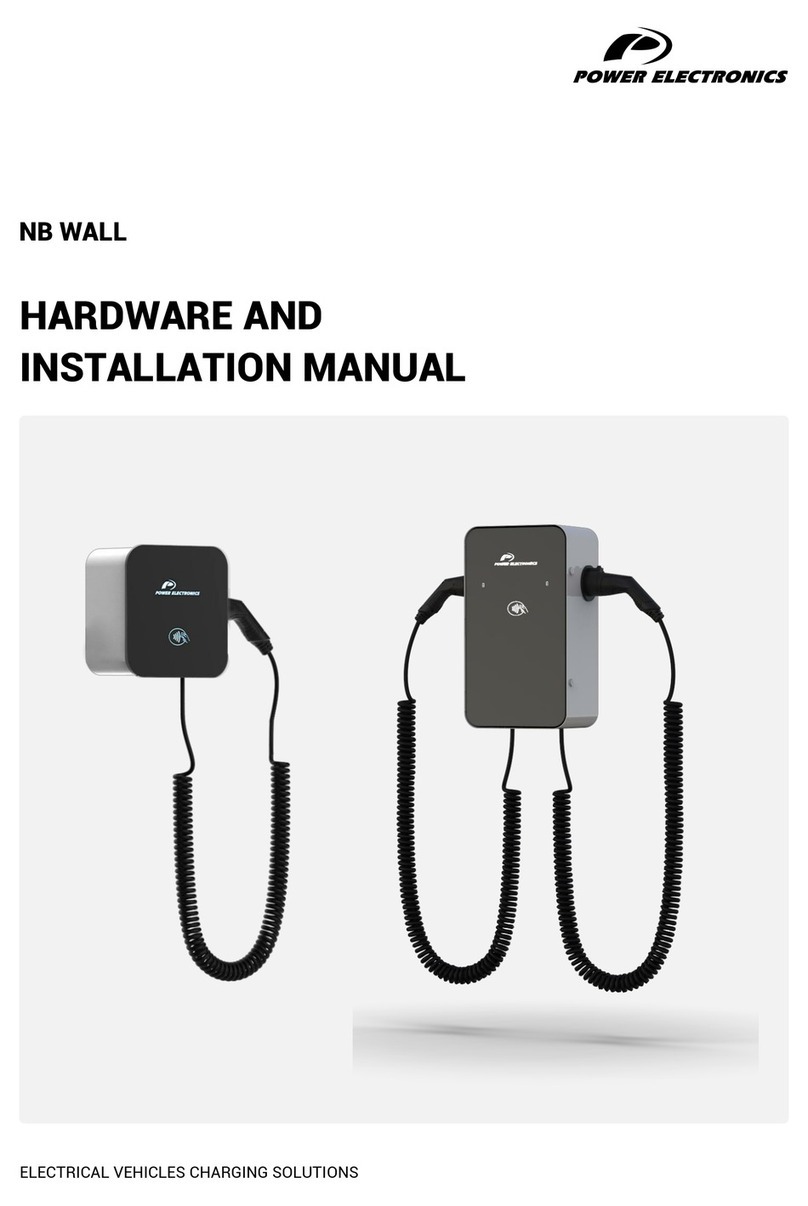TABLE OF CONTENTS
ABOUT THIS MANUAL ...............................................................................................................................2
SAFETY SYMBOLS.....................................................................................................................................6
SAFETY INSTRUCTIONS............................................................................................................................7
TORQUE AND SCREW SIZING.................................................................................................................12
INTRODUCTION...................................................................................................................................13
General description of the equipment.................................................................................................13
Charging process ...............................................................................................................................15
Advanced charge functionalities.........................................................................................................15
Descriptive label.................................................................................................................................16
Regulatory framework ........................................................................................................................16
TECHNICAL CHARACTERISTICS ......................................................................................................17
DIMENSIONS AND WEIGHT................................................................................................................19
HANDLING AND TRANSPORTATION ................................................................................................20
Reception...........................................................................................................................................20
Storage...............................................................................................................................................20
Unpackaging ......................................................................................................................................20
Handling and transportation ...............................................................................................................21
PREPARATION FOR INSTALLING THE EQUIPMENT.......................................................................22
Site recommendations........................................................................................................................22
Minimum safety distances..................................................................................................................23
Maximum hose range.........................................................................................................................24
Anchoring of the equipment................................................................................................................25
Ventilation system ..............................................................................................................................26
Charging current adjustment ..............................................................................................................27
CABLE ACCESS AND CONNECTIONS..............................................................................................28
Input wiring.........................................................................................................................................28
Access................................................................................................................................................29
Connections .......................................................................................................................................30
PROTECTIONS ....................................................................................................................................32
Overvoltage protections......................................................................................................................32
Overcurrent and short circuit protection..............................................................................................32
Residual current monitoring (RCM)....................................................................................................32
Charge circuit interrupting device (CCID)...........................................................................................32
INTERFACE..........................................................................................................................................33
Controls..............................................................................................................................................33
Indicators............................................................................................................................................33




























